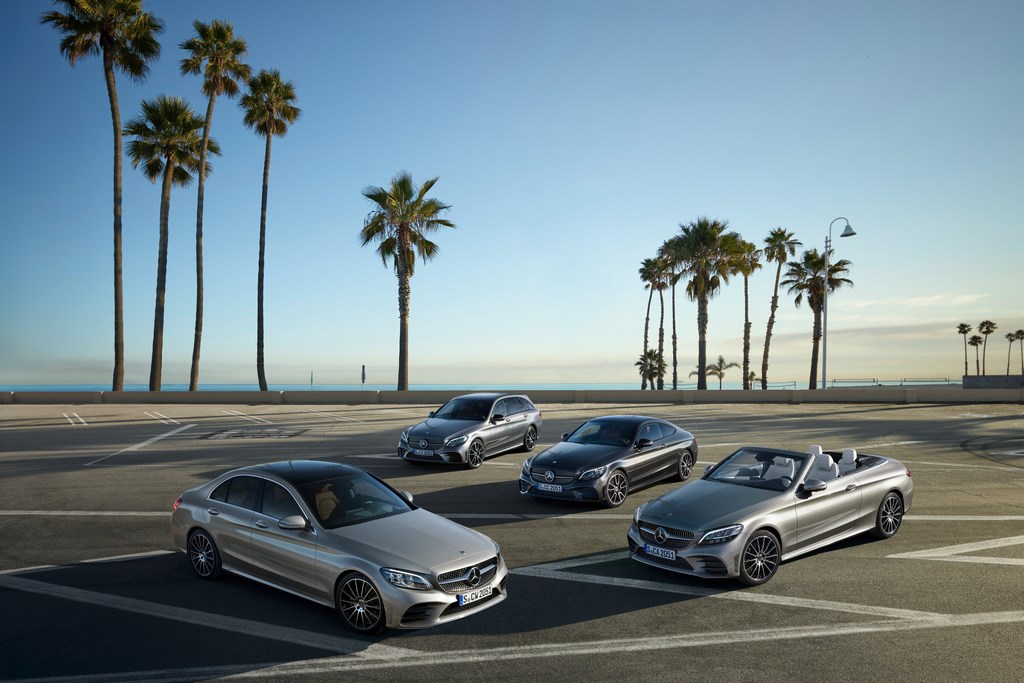Mercedes + Aston Martin = True ?

2008-04-08

Unconfirmed reports from well-placed sources in Germany suggest that Mercedes Benz is looking to buy a substantial stake in Aston Martin.
Rumours of a potential tie-up between the two premium marques originally emerged from Kuwait in February. Adham Charonoglu, of Astons Kuwaiti majority shareholder DAR, suggested that Aston and Mercedes could collaborate on a range of ventures, from engine supply to entirely new models.
It now seems that Mercedes-Benz is taking a much more serious interest. And there is a business link; the Kuwaiti Investment Authority hold a seven per cent stake in Daimler AG.
Such a move could also help to secure Astons long-term future. A small company like Aston needs to buy in major components from a major automotive brand like Mercedes to remain financially viable.
We know the next generation Mercedes SL will switch to a lightweight aluminium platform, presenting an obvious opportunity for Aston Martin to collaborate with Mercedes to develop new models – sharing platforms, expertise and technology.
Mercedes-Benzs current association with McLaren ends next year when the SLR goes out of production. This leaves the path clear Merc to start a new association with a British supercar maker.
Source: Autocar





